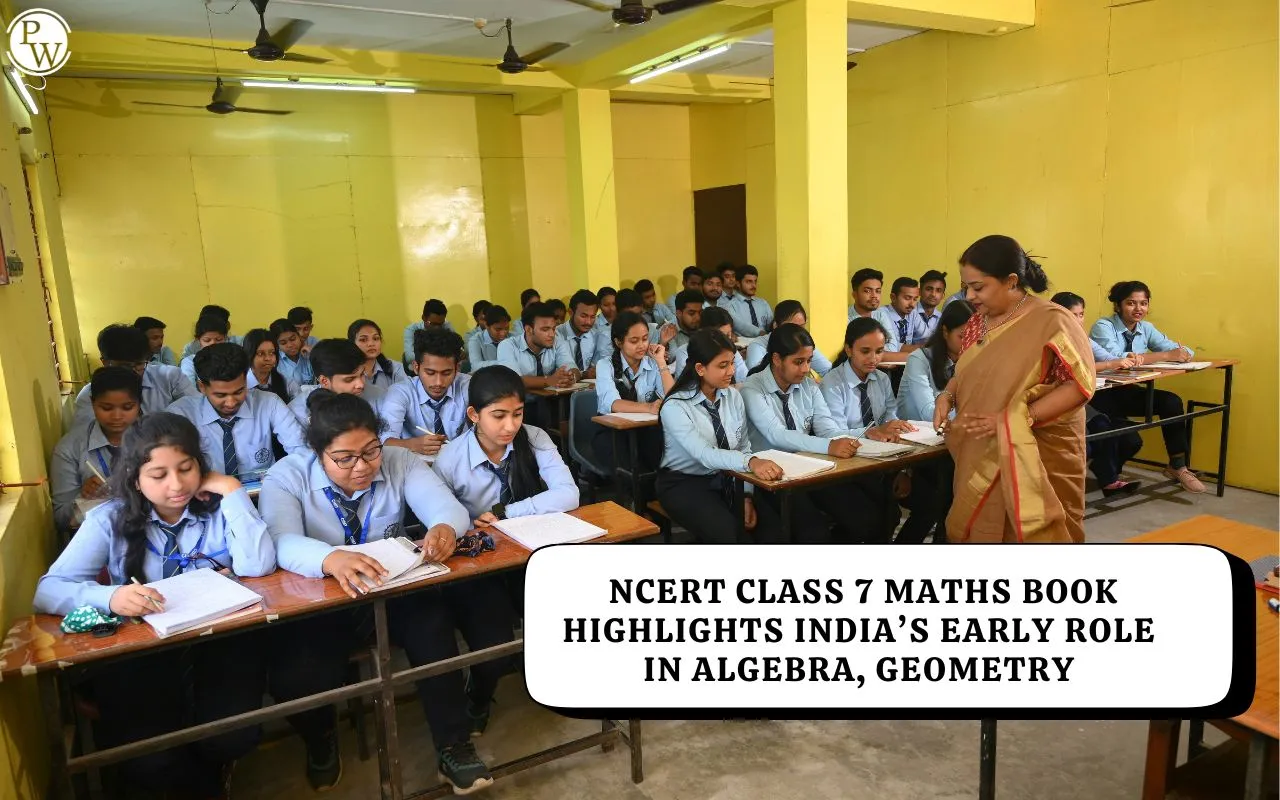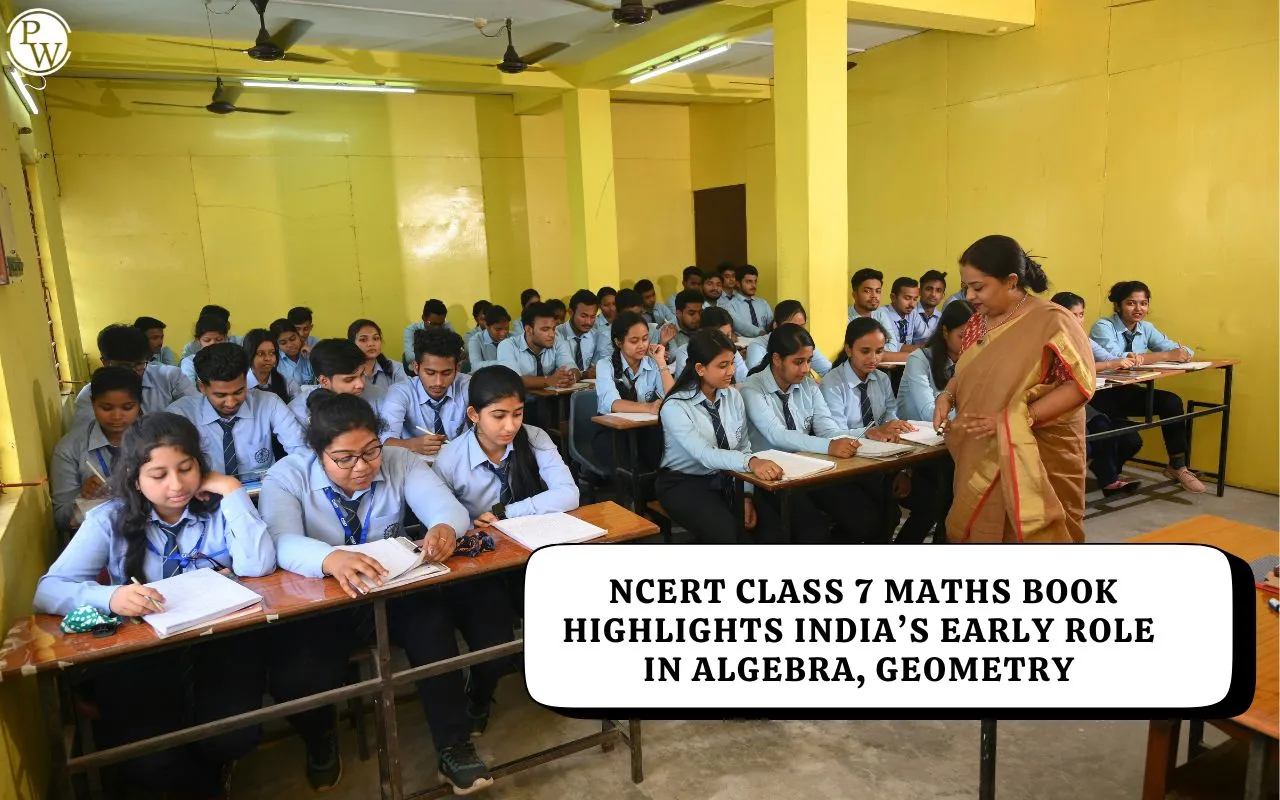

The National Council of Educational Research and Training (NCERT) has released the second part of its Class 7 mathematics textbook, Ganita Prakash, which highlights India’s early contributions to mathematics, according to The Indian Express.
The book draws on Sanskrit texts and presents exercises based on the work of ancient Indian mathematicians. It also includes a discussion of early writings on geometry.
One chapter on integers cites the 7th-century scholar Brahmagupta and his text Brahmasphutasiddhanta. The textbook notes that this work provided the first clear explanation of how to multiply and divide positive and negative numbers. It describes the development as an important point in the history of mathematics because it influenced later work in arithmetic and algebra. The book includes Brahmagupta’s rules for these operations and a practice question based on his approach.
The section on algebra refers to ‘bijaganita’, a term historically used for algebra, and states that “forming expressions using symbols and solving equations with such expressions was an important part of mathematical studies in ancient India.” It explains that Brahmagupta used letters to represent unknown quantities, calling this one of the earliest known examples of algebraic reasoning.
Textbook outlines how Indian mathematical knowledge reached other regions
The textbook also outlines how Indian mathematical knowledge reached other regions. “In the 8th century, Indian mathematical ideas were translated into Arabic,” it says, noting their influence on Al-Khwarizmi, a mathematician from present-day Iraq. Around 825 CE, Al-Khwarizmi wrote Hisab al-jabr wal-muqabala (“calculation by restoring and balancing”). The text points out that this work was translated into Latin by the 12th century and became known across Europe. “The word al-jabr from his book gave us the word algebra, which we still use today,” the book adds.
The chapter also lists symbols used by Indian mathematicians in Brahmagupta’s time to represent unknowns and includes a problem from Bijaganita by Bhaskaracharya (12th century). Another section, Constructions and Tilings, discusses the Sulba-Sutras, ancient Indian texts that describe geometric methods. “Ancient mathematicians from different civilisations, including India, knew exact methods to construct perpendiculars and bisectors. In India, the earliest known texts containing these methods are the Sulba-Sutras, which deal with the construction of fire altars for rituals,” it says.
About NEP and National Curriculum Framework
Earlier editions of the Class 7 mathematics textbook did not mention ancient Indian scholars. NCERT’s new textbooks are being developed under the National Education Policy (NEP) 2020 and the National Curriculum Framework, both of which recommend the inclusion of Indian Knowledge Systems in school education.
